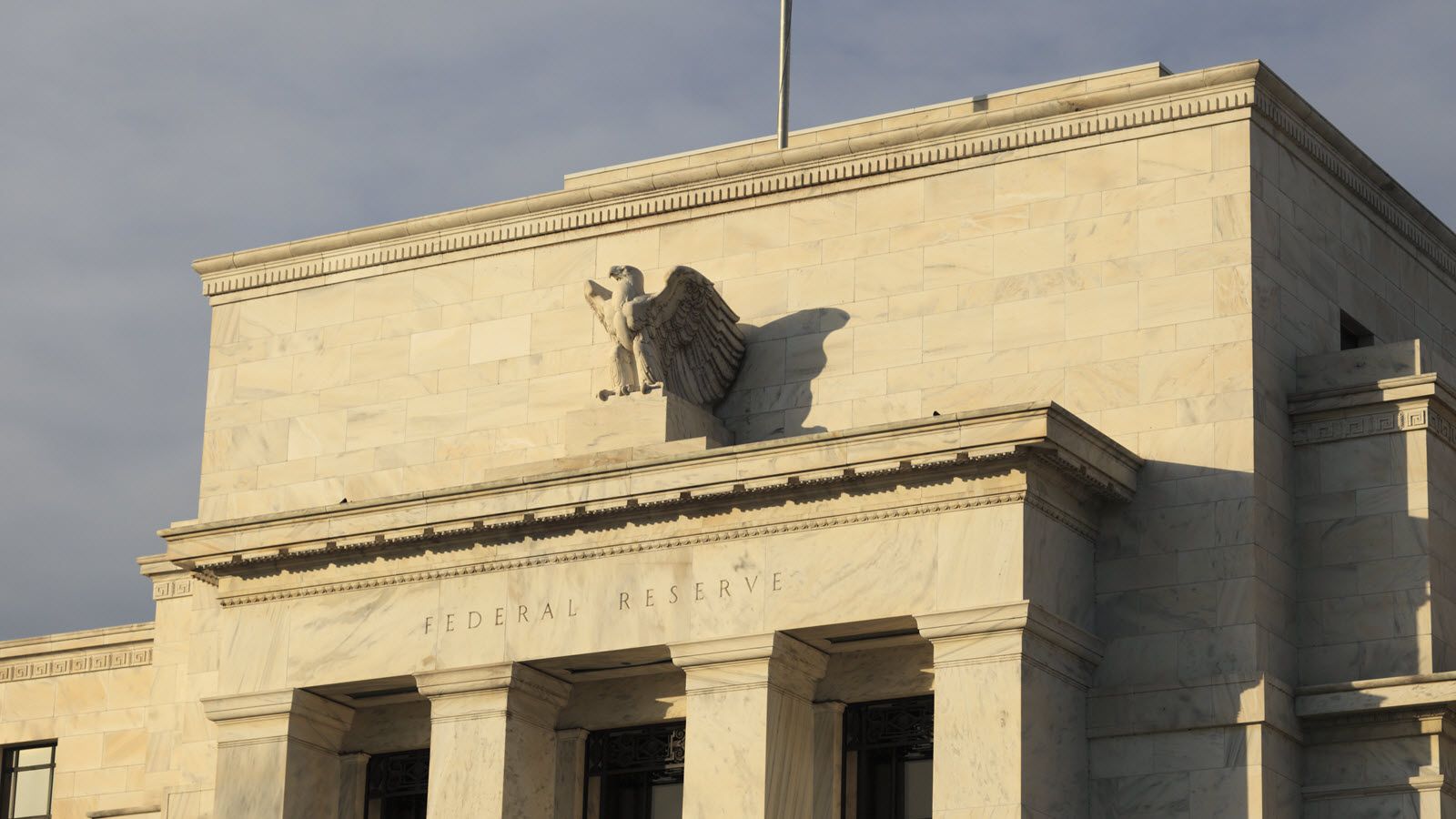Fed President Predicts Economic Growth for 2025 Despite Policy Uncertainty
04.01.2025 18:00 2 min. read Kosta Gushterov
Richmond Fed President Thomas Barkin shared an optimistic outlook for the U.S. economy heading into 2025, highlighting potential growth despite uncertainties tied to the policies of the new Trump administration.
Speaking at the Maryland Bankers Association, Barkin emphasized the strength of the labor market and consumer spending as key drivers of economic resilience.
Barkin suggested that economic growth is more likely to exceed expectations rather than fall short, based on current trends. However, he acknowledged the potential for stronger hiring to contribute to inflationary pressures. He noted that the labor market appears poised to favor hiring over layoffs, signaling confidence in the economy’s forward momentum.
Financial markets, Barkin observed, have started adjusting to the Federal Reserve’s projections of a slower pace of rate cuts in 2025. He highlighted that long-term interest rates are stabilizing at levels lower than previously hoped but still reflective of cautious optimism.
The Fed reduced its benchmark policy rate by a total of one percentage point during its final three meetings of 2024, including a quarter-point cut in December. Looking ahead, policymakers anticipate only a modest reduction of half a percentage point in 2025, citing lingering concerns over inflation and uncertainties surrounding the administration’s trade, tax, and immigration policies.
Although Barkin won’t cast a vote on interest rate decisions this year, his remarks align with the Federal Reserve’s broader stance, which balances optimism for economic growth with a watchful eye on inflation risks.
-
1
Dollar Faces Deep Decline as Fed Cuts Pressure Currency, Warns Morgan Stanley
06.06.2025 18:00 2 min. read -
2
Economist Who Called 1987 Crash Warns Markets Face Growing Risk
09.06.2025 17:00 2 min. read -
3
Will Japan’s Central Bank Spark a Crypto Rally?
11.06.2025 12:00 1 min. read -
4
Recession Fears Linger as Economic Signal Flashes Long-Term Warning
25.06.2025 9:00 2 min. read -
5
Tariffs Threaten to Stall U.S. Growth in 2025, Recovery Not Expected Until 2026
07.06.2025 13:00 1 min. read
Recession Fears Linger as Economic Signal Flashes Long-Term Warning
Despite a recent shift in sentiment suggesting the U.S. economy might dodge a recession, key forecasting tools are telling a different story.
Russia’s Oil Revenues Strained as Exports Decline Again
Russia’s oil exports took another hit last week, undermining gains from rising global prices as shipment volumes slipped for the second week in a row.
Putin Cornered as Iran Calls for Help After U.S. Strikes
As tensions erupt in the Middle East following U.S. strikes on Iranian nuclear facilities, Tehran has turned to Moscow for support.
Robert Kiyosaki Predicts 2025 “Super-Crash,” Urges Hoarding Gold, Silver, and Bitcoin
Personal-finance author Robert Kiyosaki is sounding the alarm that next year could bring an economic breakdown unlike anything modern markets have seen.
-
1
Dollar Faces Deep Decline as Fed Cuts Pressure Currency, Warns Morgan Stanley
06.06.2025 18:00 2 min. read -
2
Economist Who Called 1987 Crash Warns Markets Face Growing Risk
09.06.2025 17:00 2 min. read -
3
Will Japan’s Central Bank Spark a Crypto Rally?
11.06.2025 12:00 1 min. read -
4
Recession Fears Linger as Economic Signal Flashes Long-Term Warning
25.06.2025 9:00 2 min. read -
5
Tariffs Threaten to Stall U.S. Growth in 2025, Recovery Not Expected Until 2026
07.06.2025 13:00 1 min. read


